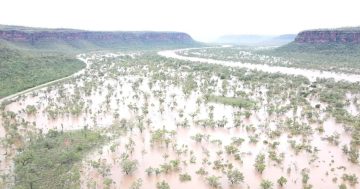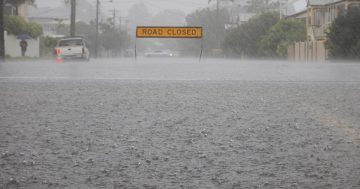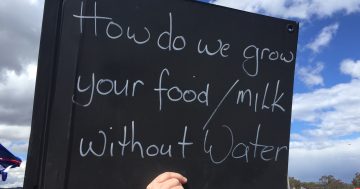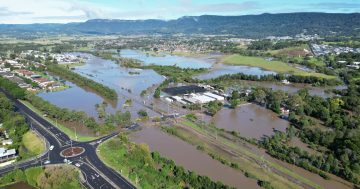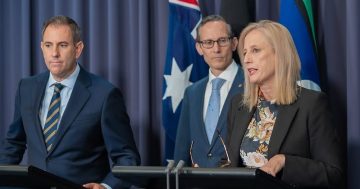David Adams* says a recent report has found that as climate impacts rise, so too do the premiums.
 Payments to Australian insurers have risen alongside rainfall readings, a new report says, suggesting small businesses can expect heightened premiums to linger through a third straight La Niña season.
Payments to Australian insurers have risen alongside rainfall readings, a new report says, suggesting small businesses can expect heightened premiums to linger through a third straight La Niña season.
A fresh report from data analytics firm Decision Inc. Australia combines data from both the Australian Prudential Regulatory Authority (APRA), which oversees general insurance companies, and the Bureau of Meteorology (BOM), to show how the value of written premiums and annual national rainfall have grown in tandem since 2019.
Gross written premiums — insurance company revenues from written policies — rose from $8.3 billion in 2019 to $8.9 billion in 2020 and $10.4 billion in 2021, the report says.
Over the same period, national annual rainfall increased about 70 per cent.
Much of that increase can be attributed to the La Niña weather events of the past two years, which have contributed to significant downpours and flooding, particularly on the east coast.
The Insurance Council of Australia states the combined bill for La Niña-linked storms and flooding across northern NSW and southeast Queensland in 2021 and 2022 now sits at $5.92 billion, across more than 296,000 lodged claims.
With the BOM confirming a third La Niña system is expected over the summer months, Decision Inc. Australia states small businesses should expect premiums to remain elevated for the foreseeable future as insurance providers strive for profitability.
Aiden Heke, CEO of Decision Inc. Australia, said “as climate impacts rise, so too do the premiums”.
“It means that insurance — along with wages, supply chain delays and rising interest rates — is contributing to massive inflation across Australia,” he added.
As small businesses brace for the potential of another wet season — and the likelihood of skyrocketing insurance costs — financial regulators like APRA are taking a closer look at how climate risks are likely to buffer Australia’s economy.
Early reports suggest a worrying pattern for under-insured businesses.
The organisation’s Climate Vulnerability Assessment (CVA), a project designed to chart the potential financial impacts of climate change on Australia’s biggest banks, is nearing completion, APRA chair Wayne Byres said this month.
Beyond the physical risks posed by a chaotic climate, the data suggests individuals and businesses unable to afford insurance policies due to climate change could soon find it harder to take out loans.
The CVA results “highlight the extent to which issues like the availability of insurance — something that increasingly cannot be taken for granted — can influence the provision of finance,” Byres said.
*David Adams is a senior business journalist at SmartCompany.
This article first appeared at smartcompany.com.au.


